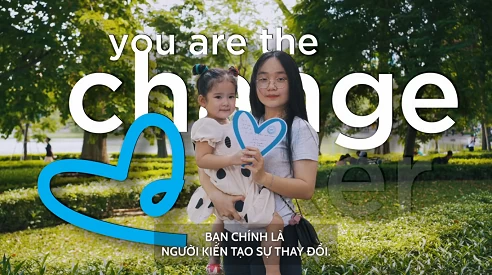 |
| Youth dynamism, creativity and technological savvy position them in a unique position to develop innovative solutions to combat human trafficking in the digital age. (Screenshot) |
There are more young people in the world today than ever before. At nearly 2.4 billion, they are the largest generation in history. Of the 281 million international migrants, about 11.3% are under 24.
Meanwhile, in Vietnam, there are more than 22 million young people aged between 16 and 30 and many of them are considering leaving their hometowns to seek better work and study opportunities.
However, today’s generation of young people faces a reality of mixed results in the fight against human trafficking. As digital natives, young people are increasingly vulnerable to human traffickers who exploit online platforms to hunt and find them.
But it is also this generation that holds the power to drive change. Their dynamism, creativity, and understanding of technology position young people in a unique position to develop innovative solutions to combat human trafficking in the digital age.
On the occasion of World Day against Trafficking in Persons (July 30) 2024, IOM Head of Mission in Vietnam Park Mi-hyung, along with Ambassadors from Australia, the European Union (EU), the United Kingdom, the United States and the Canadian Political and Public Affairs Counselor sent a joint letter to Vietnamese youth, calling for more resources to be focused on education to equip the young generation with knowledge and skills.
This letter, inspired by President Ho Chi Minh 's letter to young people, hopes to motivate young people to maximize their power in the face of the urgent threats of human trafficking and encourage them to lead a global movement to bring about transformative change.
It is also an opportunity to focus attention on children – who make up a significant proportion of trafficking victims worldwide, with girls being the most affected.
According to UNODC, one in three victims of trafficking globally is a child (in some regions the rate is much higher), and children are twice as likely to face violence as adults when trafficked.
IOM research also shows that no age group, gender or nationality is immune to trafficking. In more than 50% of trafficking cases, family members or friends are involved.
Growing online platforms also make it easier for traffickers to reach children while also making them harder to detect.
Source: https://baoquocte.vn/trang-bi-ky-nang-ve-phong-chong-mua-ban-nguoi-cho-thanh-thieu-nien-trong-thoi-dai-ky-thuat-so-280606.html



![[Photo] Flooding on the right side of the gate, entrance to Hue Citadel](https://vphoto.vietnam.vn/thumb/1200x675/vietnam/resource/IMAGE/2025/10/28/1761660788143_ndo_br_gen-h-z7165069467254-74c71c36d0cb396744b678cec80552f0-2-jpg.webp)

![[Photo] Draft documents of the 14th Party Congress reach people at the Commune Cultural Post Offices](https://vphoto.vietnam.vn/thumb/1200x675/vietnam/resource/IMAGE/2025/10/28/1761642182616_du-thao-tai-tinh-hung-yen-4070-5235-jpg.webp)
![[Photo] National Assembly Chairman Tran Thanh Man received a delegation of the Social Democratic Party of Germany](https://vphoto.vietnam.vn/thumb/1200x675/vietnam/resource/IMAGE/2025/10/28/1761652150406_ndo_br_cover-3345-jpg.webp)

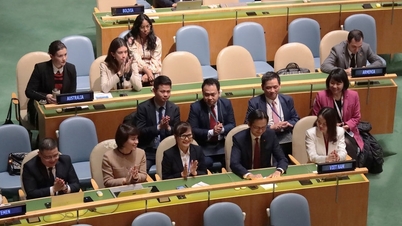

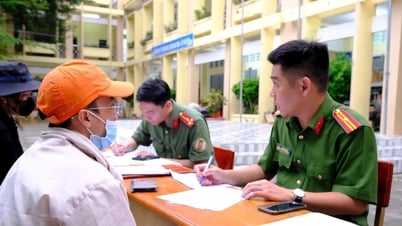

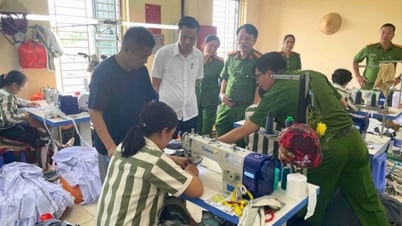
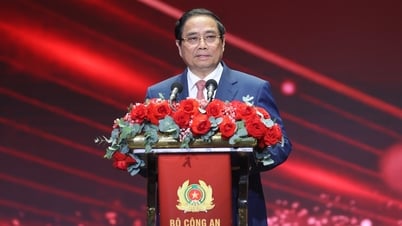



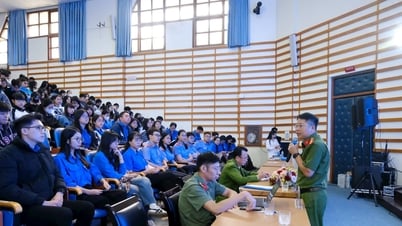
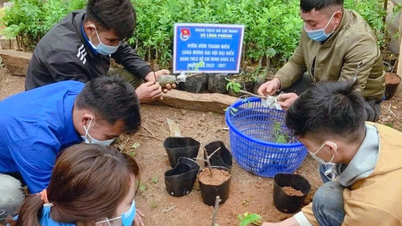

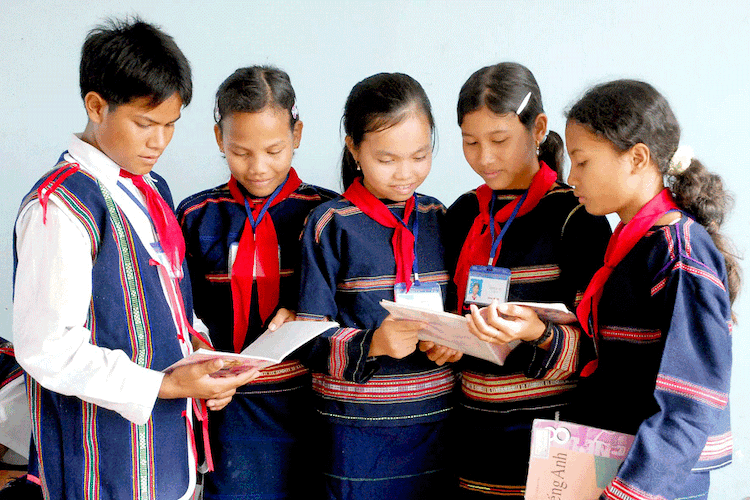





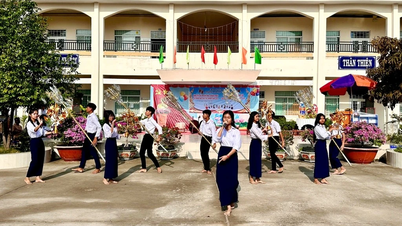

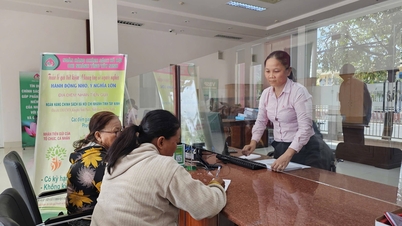





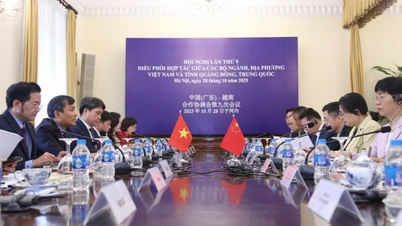
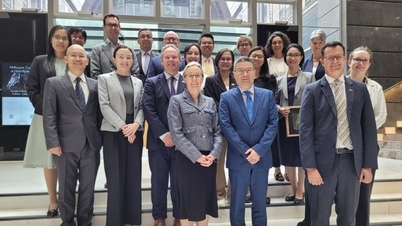
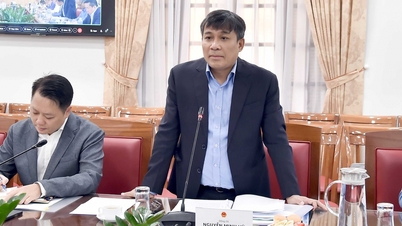
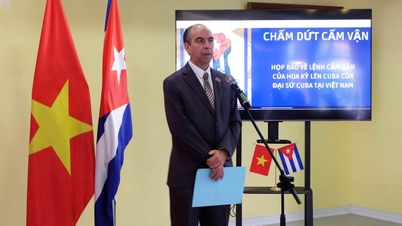
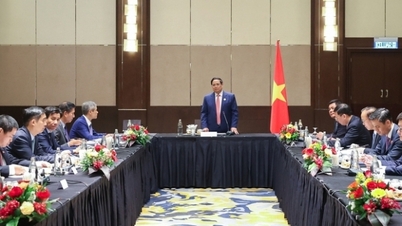
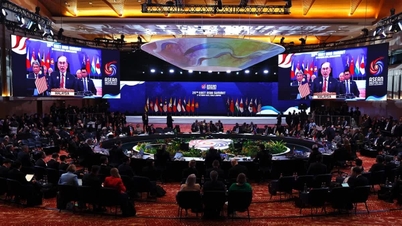
![[Photo] President Luong Cuong attends the 80th Anniversary of the Traditional Day of the Armed Forces of Military Region 3](https://vphoto.vietnam.vn/thumb/1200x675/vietnam/resource/IMAGE/2025/10/28/1761635584312_ndo_br_1-jpg.webp)

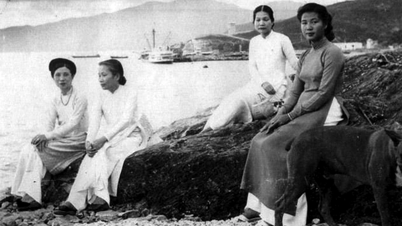

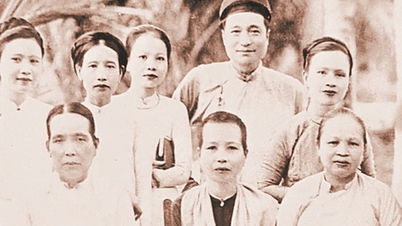







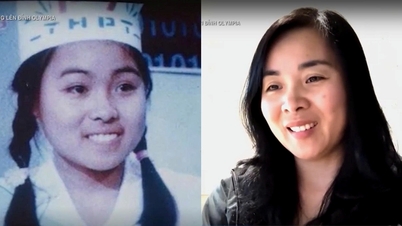



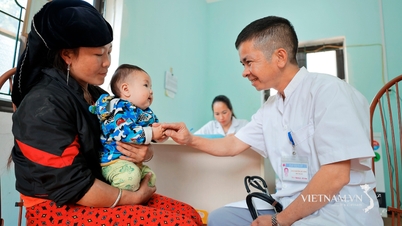



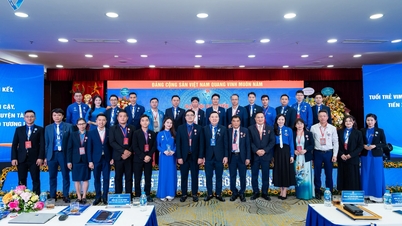

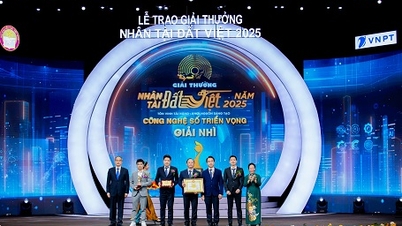
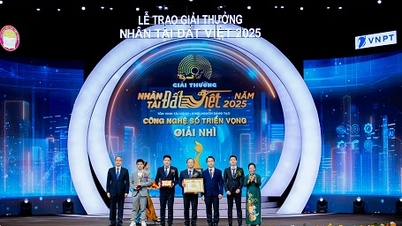

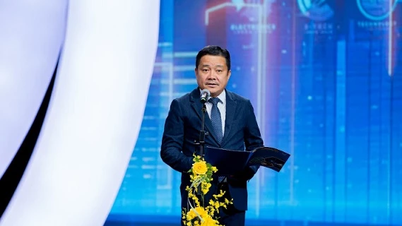
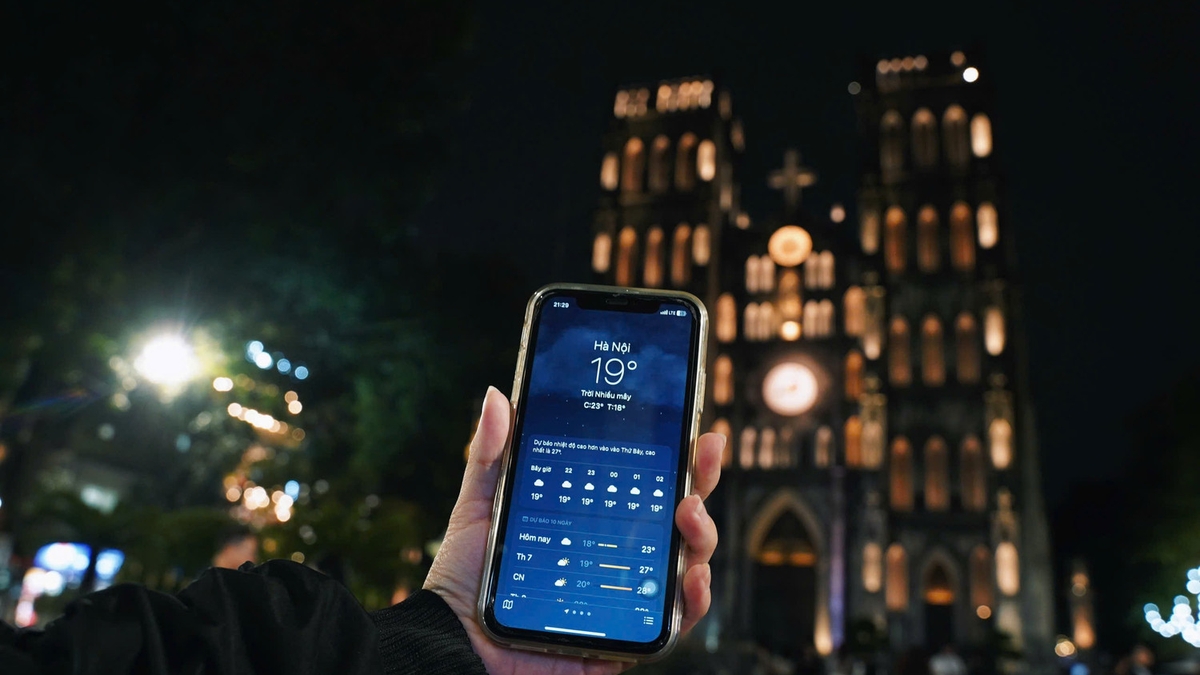


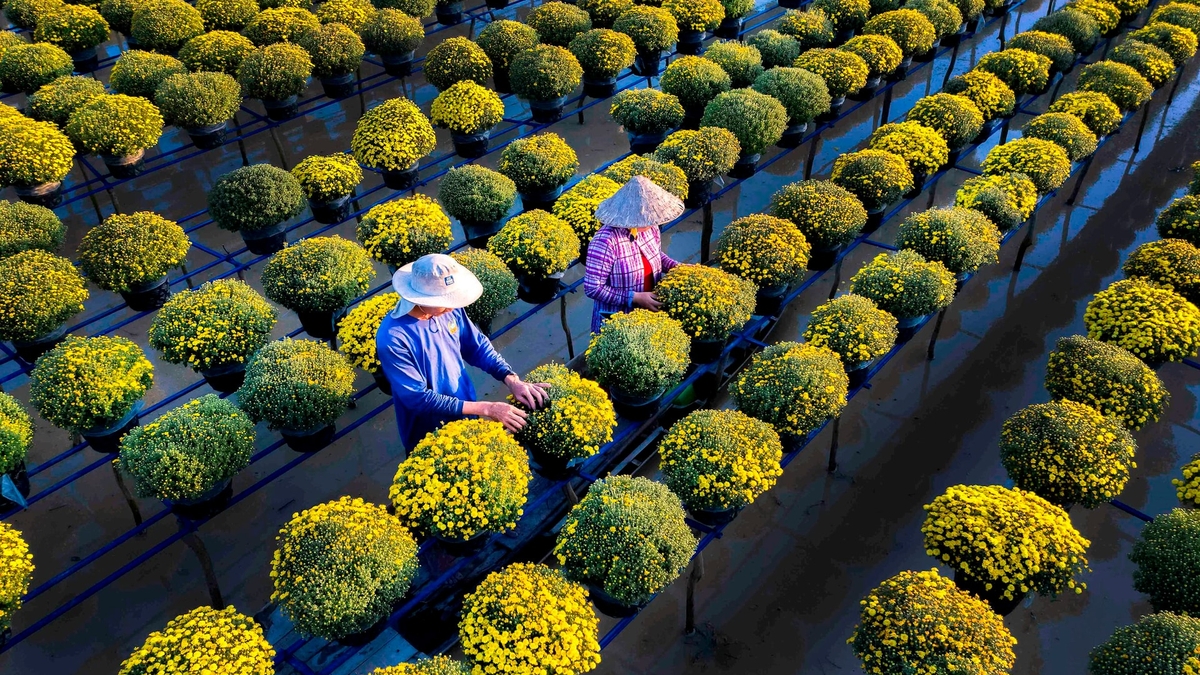


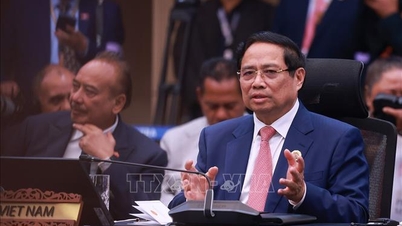

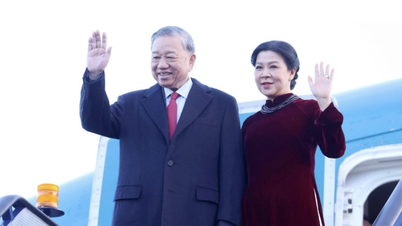



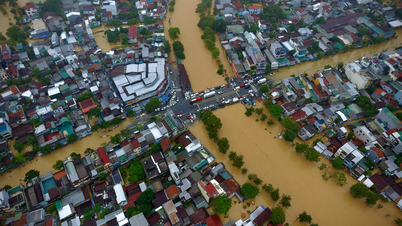


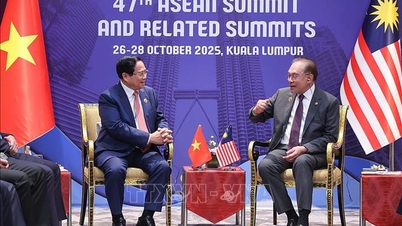

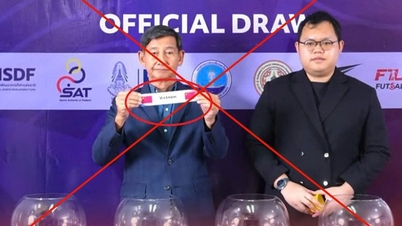

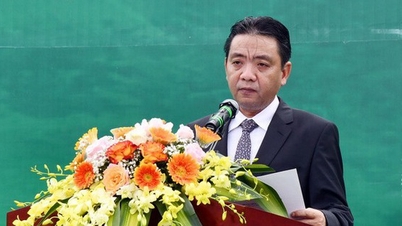
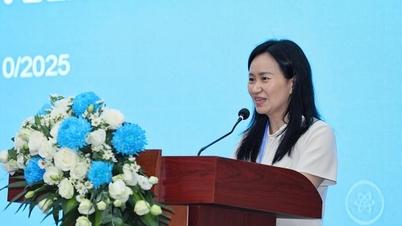

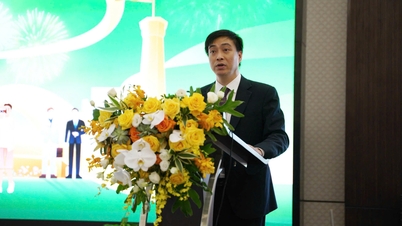


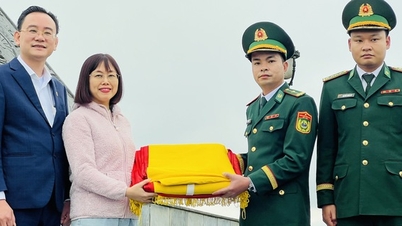
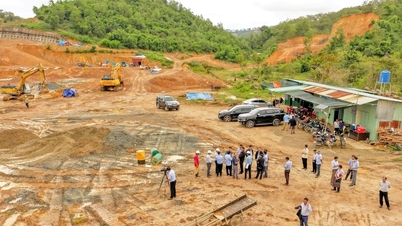
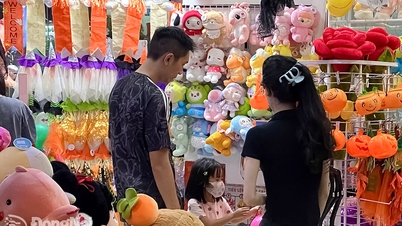

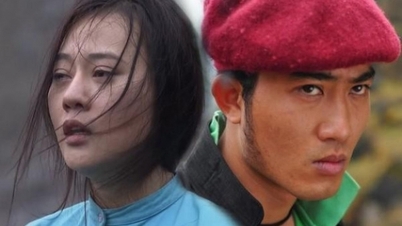

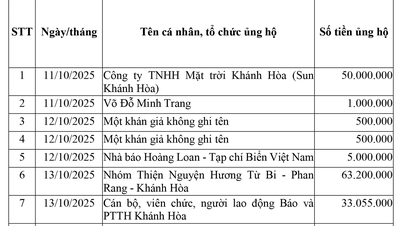

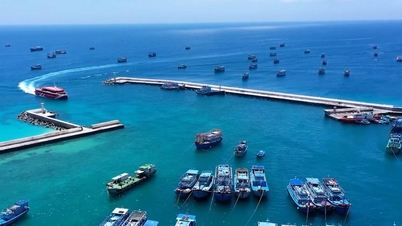
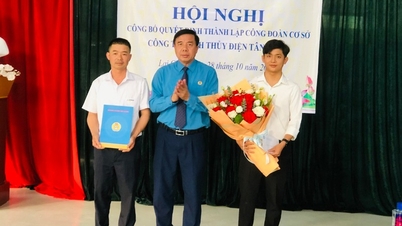

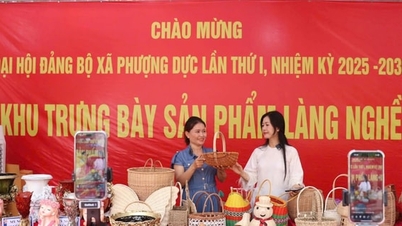










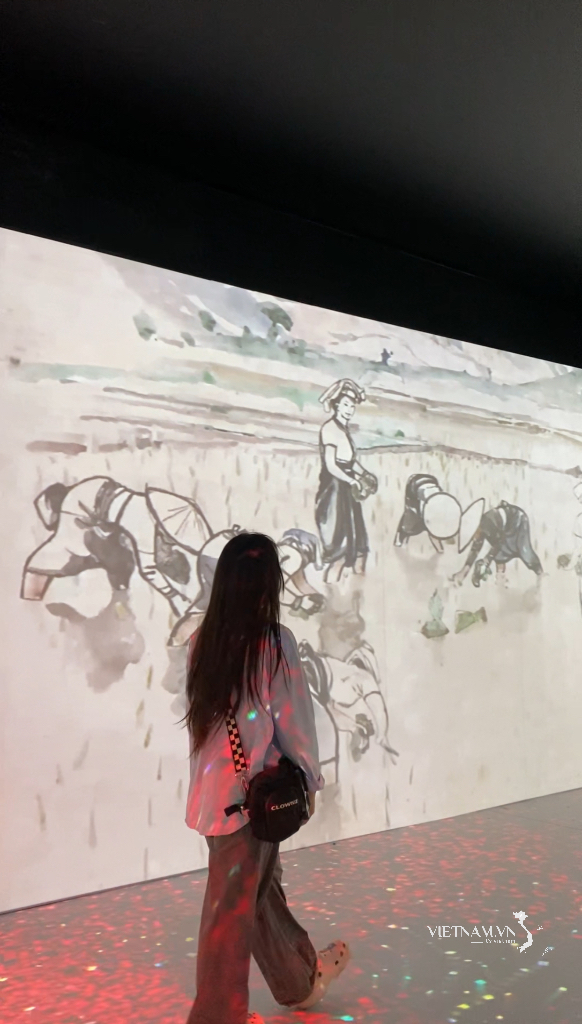
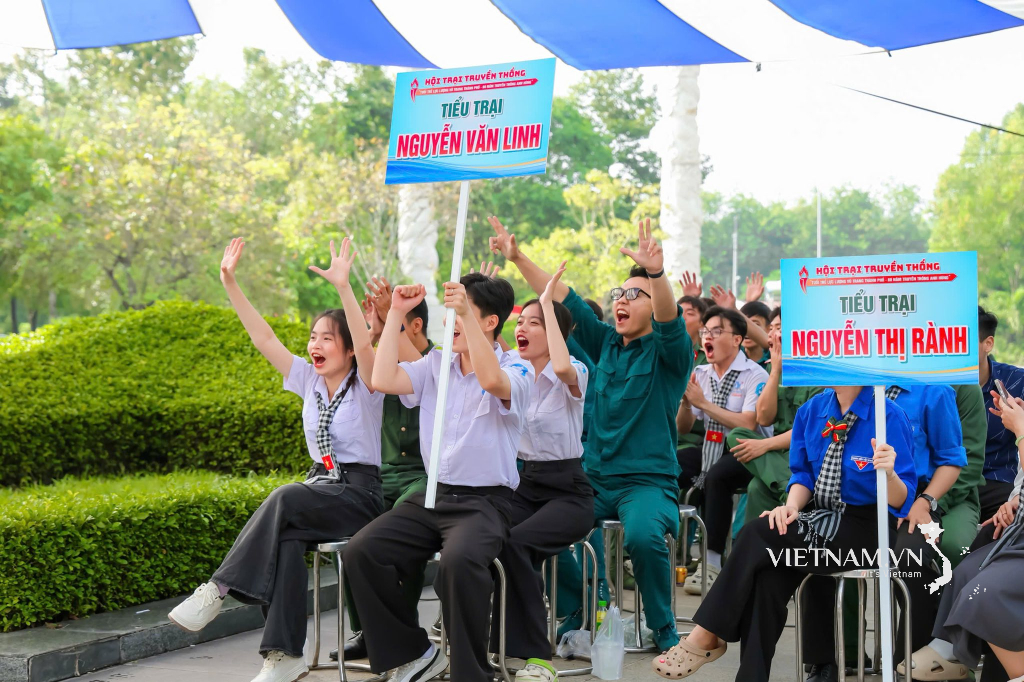


Comment (0)